7 ingredients to create Images that sell for your eCommerce store.

What is the recipe for making winning images for your eCommerce store? The best images are the ones that sell, everything else is just a waste of an opportunity. Successful eCommerce stores spend a lot of money and effort on producing images for their products. Did you ever wonder why? There is a lot more competition thanks to globalization and the proliferation of the Internet across the globe. A lot more businesses are eyeing that share of the global pie than it used to be say even 30 years ago. You not only have to market your products but also make sure that the images of your products are top-notch. Today, we are going to focus on that – how to create winning images for your eCommerce store.
What makes a winning image for an eCommerce store?
As a store owner, you know the importance of presentation. The first look needs to be perfect and must make a strong impression. That means everything in the images about your product must be as close to what it’s like to see it with the naked eye. You don’t want to use too much light or edit photos in a way so that the final result is misleading. One of the main parameters for creating images that sell is to make sure that the colors are accurate.
Accurate color
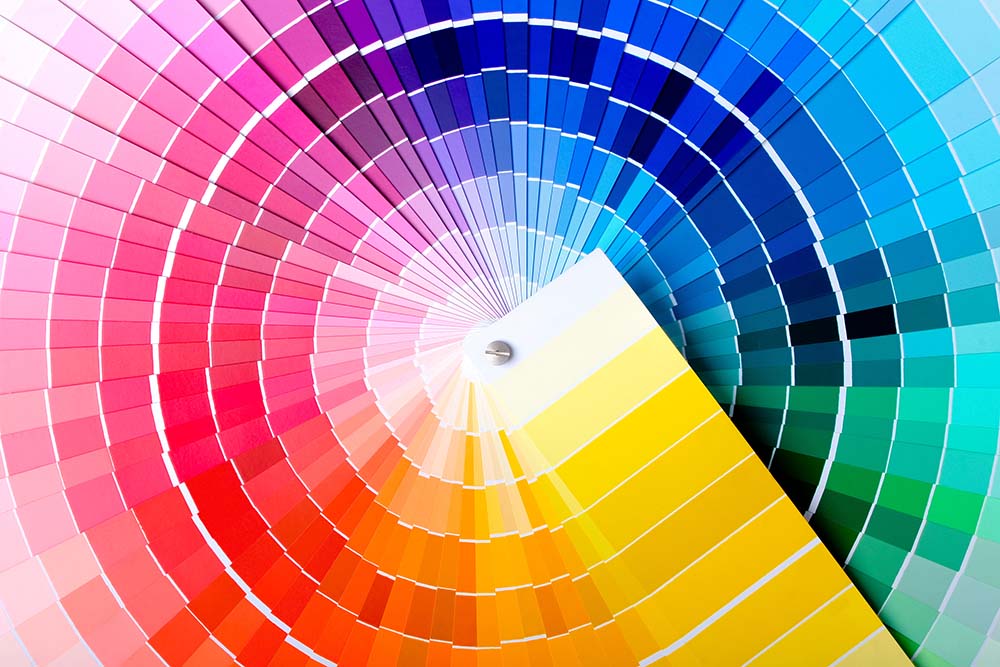
Did you know that a recent study of consumer behavior on eCommerce stores has revealed, that nearly 11% of shoppers had stated they would return a product because of color inaccuracy?
On top of that, nearly 58% of respondents stated that they would never come back to a store after facing issues of color inaccuracy.
That means you not only lose more than 10% of your actual conversions but also lose nearly 60% of your paying customers because of a single parameter – color inaccuracy.
Color accuracy can reduce your returns significantly. But more than that, accurate colors help build customer confidence. And that is something that cannot always be measured accurately.
One of the ways to ensure that the colors are true is to use the right color space and supplement that with hardware that supports 100% of that color space. Professional photo editing services know that the default color space of the web is sRGB. So, they use that color space for editing and finalizing their clients’ images. But with that, they use monitors that support 100% of the sRGB color space so that they know that the images leaving their desks represent 100% true colors.
Proper lighting
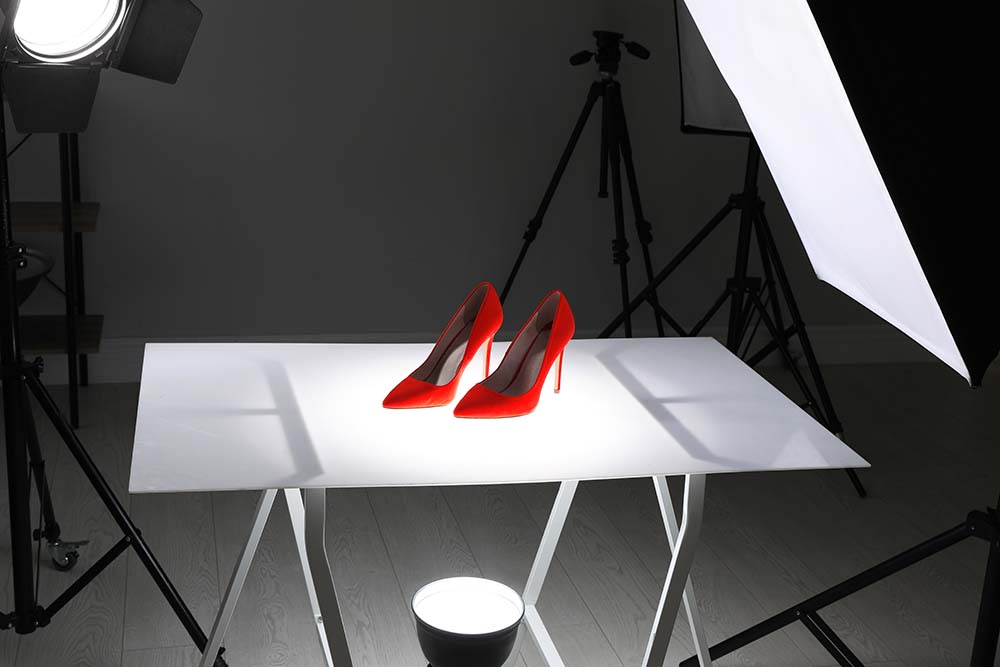
Proper lighting assumes importance because too much of it introduces unwanted highlights into your product photos. At the same time, a poorly lit set-up means the photos might have unwanted shadows in them. You don’t want either of them to skew the quality of your product images.
The perfect balance of highlights and shadows with good contrast and accurate colors is the recipe for great product images for any eCommerce store.
Prepping The Products
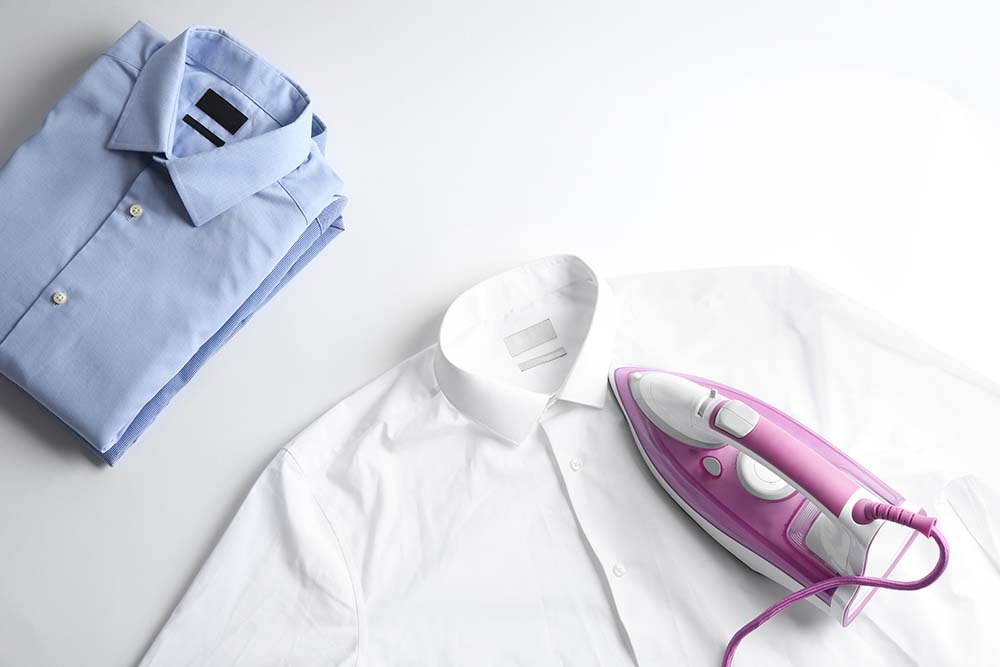
Far too often eCommerce store owners overlook the fact that their products require a proper presentation. For example, if your products are ready-made clothes, you should iron or steam your products to ensure there are no creases or wrinkles on them. Even if your photographer forgets to handle that, a professional photo editor/photo editing service can remove those blemishes from your photos. This is why you need a good photo editor to go with your photographer. The eye for detail on the editing board is just as important (if not more) as an eye for detail at the time of shooting the images.
Consistency across the images

Consistency is an underrated aspect of product photography. But when it comes to making buying decisions consistency can influence the decision of your customers. Let’s say that you have a series of 6 images for a product. The images showcase the product from six different angles.
However, the editor has not paid attention to things like color consistency, white balance, suppression of highlights, and background color accuracy across all six images. The result is a series of images that have different product and background colors and incorrect highlights suppression among other issues.
A customer looking at these images will be confused as to the right product color and may even skip ordering from your store.
Simple steps like ensuring that the color balance details are copied from the first image of the series to all the other images ensure that these mistakes can be avoided.
This is usually done by bringing down the Highlights slider, adjusting the Shadow slider (pushing or pulling it depending on whether you want a contrasty effect), and a minor adjustment to the Black and White sliders.
Avoid false colors and moiré
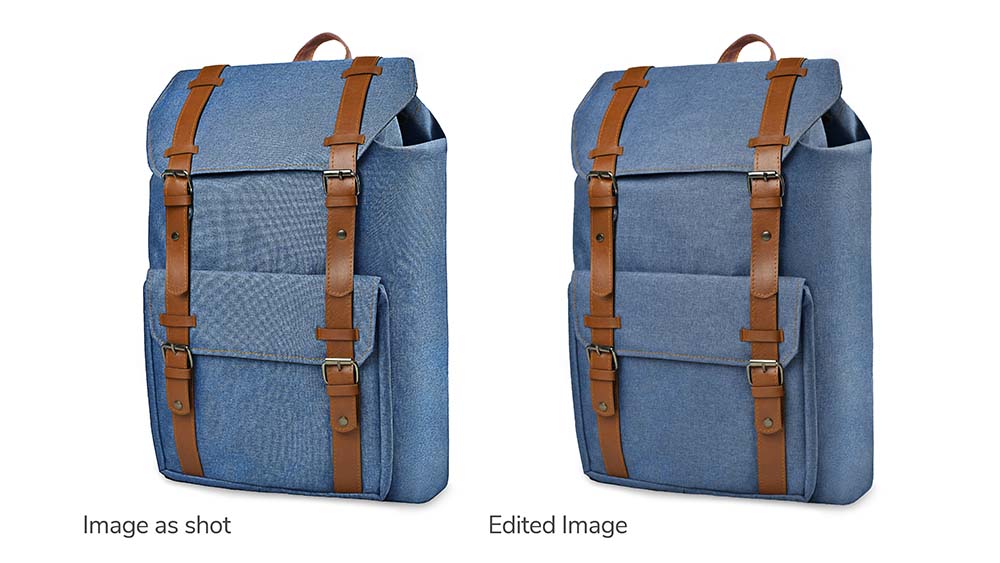
These days several high-res cameras are available that come without anti-aliasing (AA) filter or with the option to temporarily nullify the effects of the AA filter. Although that increases the amount of detail that a camera can capture, which is great for product photography, there is an inherent risk of introducing moiré or false colors into your images.
This happens primarily when photographing close-ups of fine patterns and weaves. Sometimes these false colors are overlooked at the editing stage.
A professional photo editing service can help eliminate those issues and fine-tune your images before they are posted on your e-commerce store.
Consistent size and number of images
Products of the same type must have a consistent number of photos to represent them. You can’t have one product that has six images shot from different angles and another product that is of the same type, yet with only two images.
Although a professional image editor or image editing service will not make those missing images for you, they will work as your internal audit mechanism flagging off any such instances so that you can ask your photographer to add those missing photos.
Also, the images must be cropped and resized according to the size requirements of your eCommerce platform. Winning images for your eCommerce have to be consistent in terms of dimensions. A professional editing service will deliver the images all cropped to the exact dimensions you specify and ready to go live on your eCommerce store.
Advanced editing needs
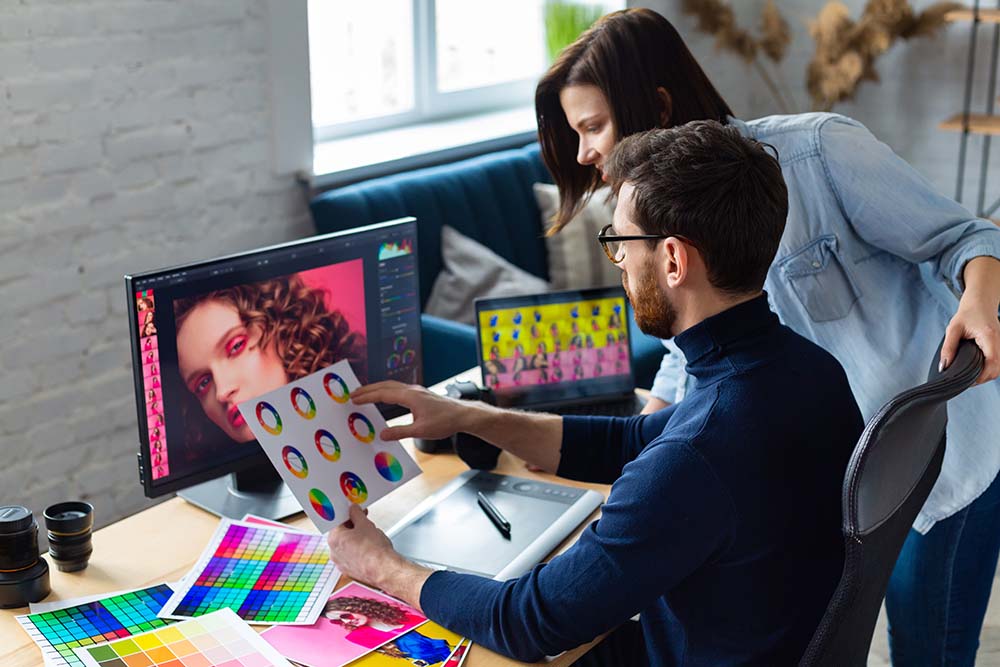
Basic editing requirements like white balance adjustments, color accuracy, etc. are taken care of in the first few steps of editing a photo. But some advanced issues often get overlooked. These issues range from sharpness to filling in shadows to proper alignment etc.
There may be issues with the sharpness of the eyes of the model wearing a shirt, or the image is slightly skewed either to the left or the right because the camera was hand-held and so on. These issues are only apparent to the trained eye.
Sharpness adjustment may be a simple thing to do, but it often gets overlooked. So are weird shadows that creep up around a product when the lighting is not set up perfectly.
For a professional photo editing service, these are simple edits to employ a series of checks to ensure that each photo conforms to a stringent quality standard before being handed over to the client.
Then of course there are issues like dust and dirt or fiber residues on a product that is often very difficult to completely remove. If you don’t have the option to reshoot a professional editing hand is the best option for you in such situations.
Closing thoughts
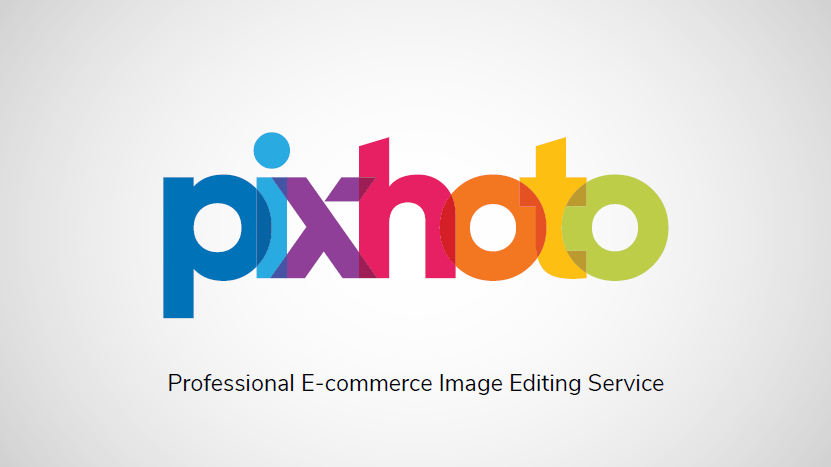
Pixhoto can help you overcome these challenges and give your eCommerce store the competitive edge it needs. Pixhoto professional photo editing service is the closest thing to having an in-house team minus the hassles of day-to-day managing. For an eCommerce store owner, it is a win-win solution all the way.


Recent Comments